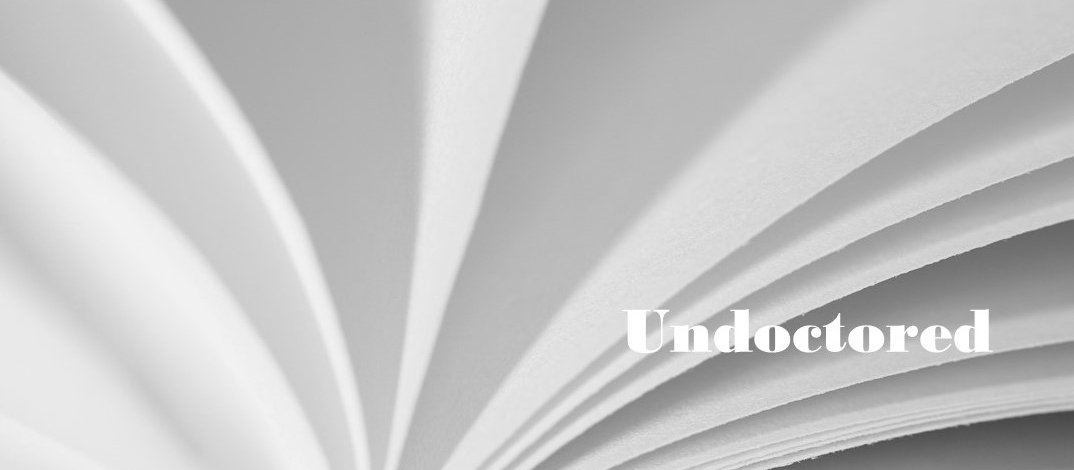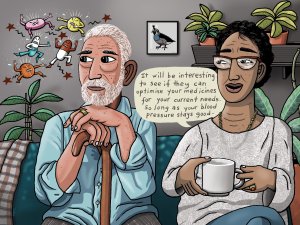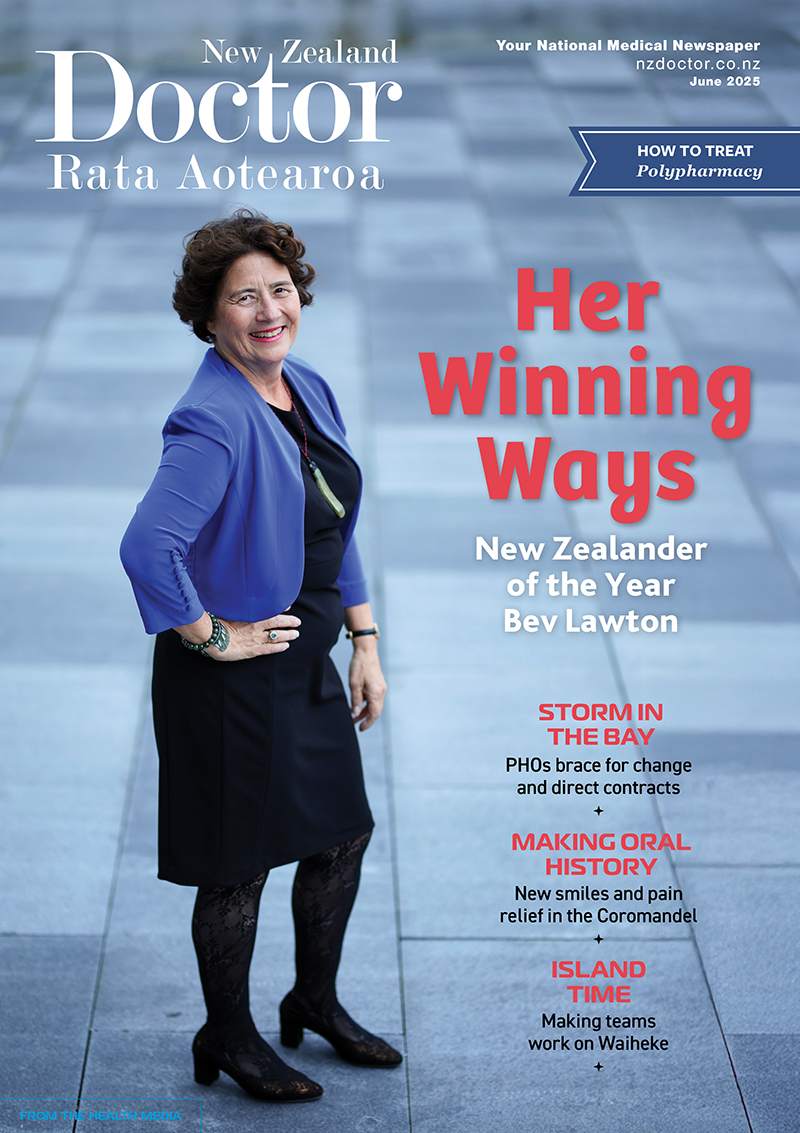For older people and frail people, the long-term benefit of medicines reduces and the potential for harm from adverse effects increases. When the benefit–risk balance changes in this way, medicine review and optimisation are important to simplify the therapeutic regimen, reduce inappropriate medicines and minimise risks. In this article, pharmacist prescriber Linda Bryant uses two case studies to illustrate important considerations during medicine reviews
No one-size-fits-all for migraine treatments: Survey
No one-size-fits-all for migraine treatments: Survey

About half of people with migraine disease turn to non-medication treatments in an attempt to ease their symptoms, new Otago research reveals.
A survey conducted by researchers from the University of Otago, Wellington – Ōtākou Whakaihu Waka, Pōneke, has just been published in the Journal of Clinical Medicine.
The Migraine in Aotearoa New Zealand survey has examined the use of supplements and complementary therapies by people in New Zealand with migraine disease.
Participants were asked about supplements such as magnesium, riboflavin (vitamin B2) and coenzyme Q10 and complementary therapies including acupuncture, biofeedback, neuromodulation devices, meditation, yoga and massage.
Co-author Dr Fiona Imlach, Senior Research Fellow in the Department of Public Health and co-founder of the Migraine Foundation, says many people with migraine don’t take medication to prevent migraine attacks, but there are non-pharmacological approaches that can help.
“No previous research has looked at the use of these approaches in Aotearoa, so it’s a new finding that about half of the 530 survey respondents were currently using a supplement and even more, 58 per cent, were using complementary therapy.”
Although most non-pharmacological treatments are considered safe or low-risk, the quality of evidence for their effectiveness can be low.
The survey focused on treatments that were included in international guidelines on migraine management, including those not easily accessed in New Zealand, such as neuromodulation devices, that work by stimulating nerves in order to change the way that pain signals in the brain are processed.
However, access to neuromodulation devices is limited and costly, with previous distributors pulling out of the New Zealand market, Dr Imlach says.
“Neuromodulation devices and other therapies could be beneficial for both patients and for workplaces, by decreasing the number of days people are affected by migraine, improving quality of life and people’s ability to work.
“These approaches can also be a good option for people who can’t or don’t want to take medication, such as during pregnancy. So even though people said they would like to try non-medication treatments as part of their migraine management plan, they can be expensive and hard to find information about.”
The survey also confirmed there is no single approach to migraine prevention that is universally effective, so people have to use trial and error.
“For all of the treatments we asked about, there were many people who had tried them but they didn’t work or had side effects,” Dr Imlach says.
“There were also those who hadn’t tried them before but wanted to. All of this speaks to the huge need for more effective migraine treatments, both medication and non-medication.
“New Zealand is lagging behind other countries with regards to funding and access to migraine-prevention medication and other therapies.
“In addition, much more research is needed to understand the underlying pathophysiology of migraine and identify alternative treatments for those who continue to have frequent and severe migraine attacks despite trying many therapies.”
Use of Non-Pharmacological Approaches for Migraine Treatment: Results from the Migraine in Aotearoa New Zealand Survey
Authors: Dr Fiona Imlach, Susan Garrett
Journal of Clinical Medicine
DOI: https://doi.org/10.3390/jcm14124023



